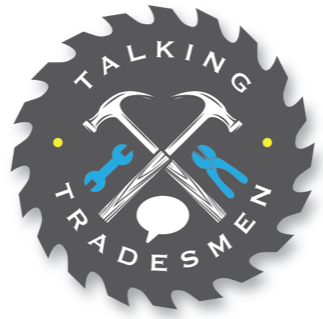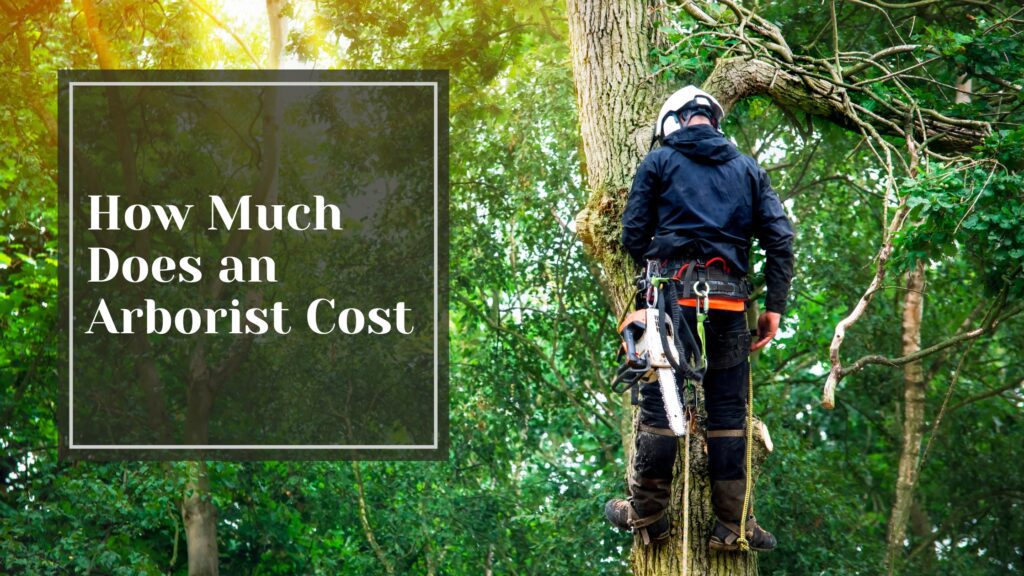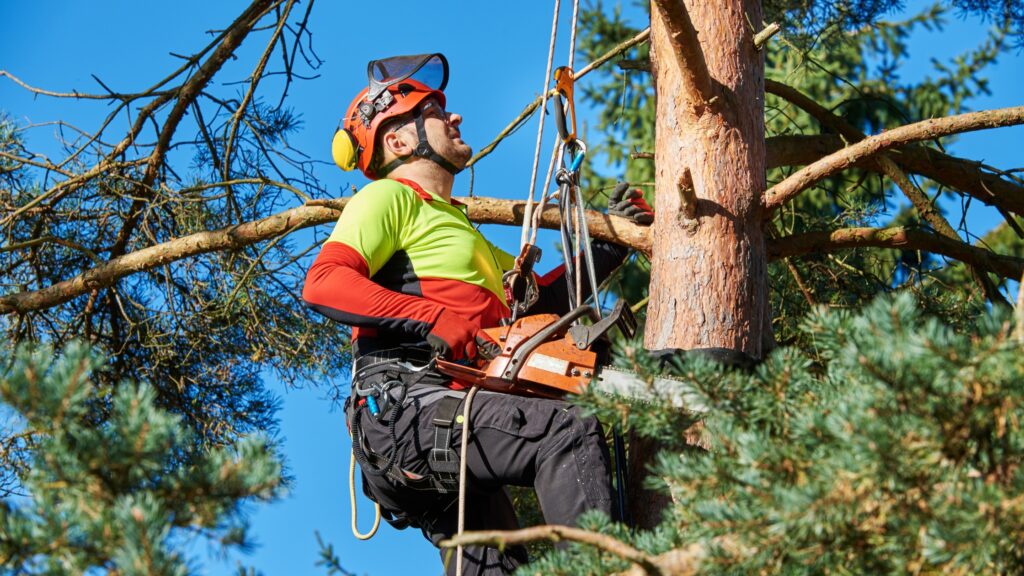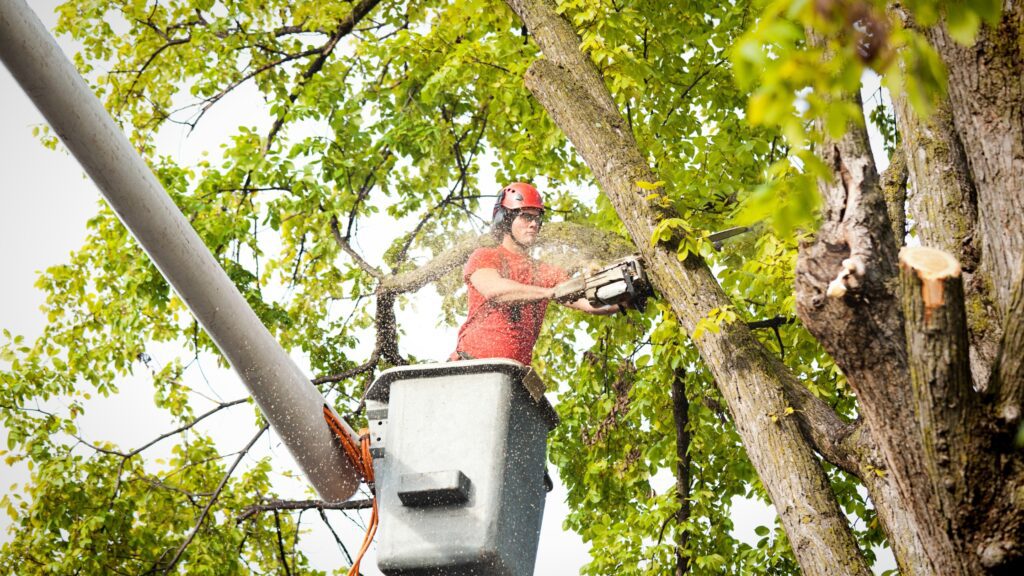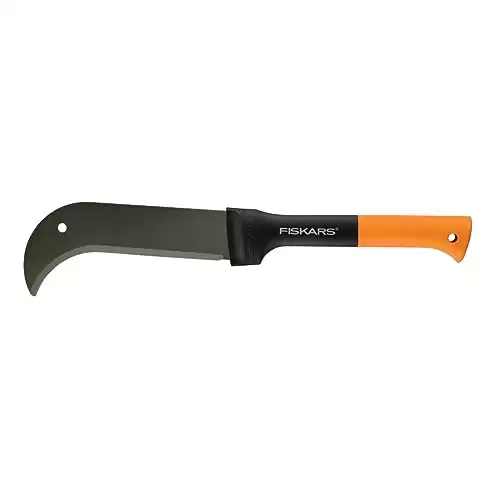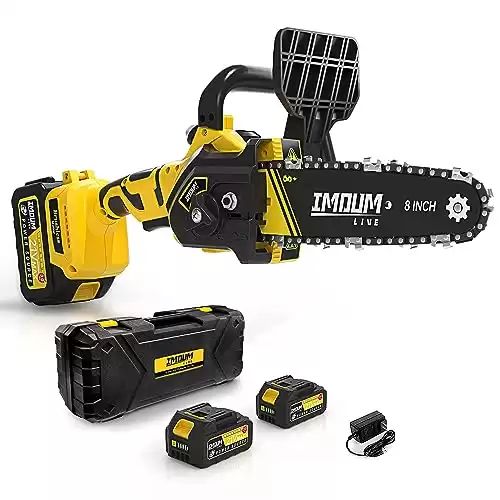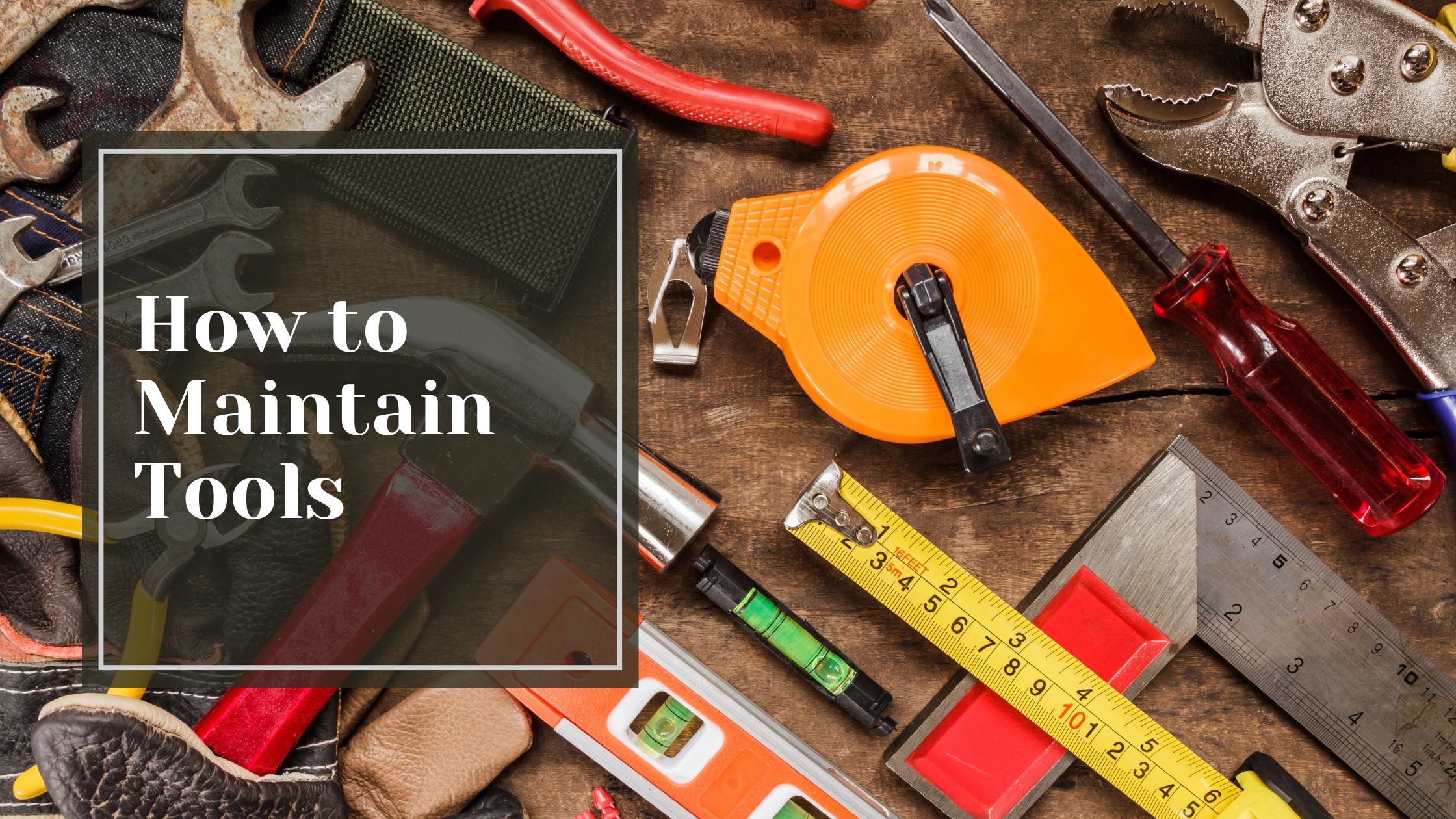You’ve got some trees on your property that need a little TLC. Maybe the branches are getting a bit out of control or some dead limbs need to be removed. Hiring an arborist seems like the way to go, but how much is it going to set you back? Arborists provide essential services, but they don’t come cheap. In this article, Talking Tradesmen will break down typical arborist costs in 2024 so you know what to expect before picking up the phone.
Table of Contents
ToggleAverage Cost to Hire an Arborist in 2024
Location Matters
Where you live plays a huge role in determining arborist rates. In general, rates tend to be higher in urban areas compared to rural locations. For example, you can expect to pay top dollar for tree services in cities like New York or San Francisco.
Tree Size & Type
The size and species of the tree being serviced impact pricing. Larger trees or certain varieties like oak or pine typically command higher fees from arborists due to the increased labor and risk involved.
Job Complexity
Simple tree trimming is usually the most affordable arborist service. However, if you need tree removal, stump grinding, cabling/bracing, or emergency services after a storm, be prepared for rates to climb.
Credentials & Insurance
You’ll pay a premium for certified arborists, especially those with extensive training and credentials from organizations like the International Society of Arboriculture (ISA). Proper insurance and licensing also factor into overall costs.
National Averages
- Basic tree trimming service: $315 – $1,000
- Tree removal service: $200 – $2,000+
- Stump removal: $60 – $350
- Emergency tree services: $250 – $1,500+
While these are just rough estimates, the average cost for most standard arborist jobs in 2024 will likely fall somewhere between $300 – $1,200. But again, your specific rates depend on the factors above.
Getting Quotes
To get an accurate cost estimate, your best bet is to have 2-3 certified arborists evaluate your trees and provide written quotes detailing the scope of work. Be sure to get everything in writing to avoid surprises!
Factors That Affect Arborist Prices
Tree Size & Height
One of the biggest factors influencing arborist costs is the size and height of the trees being worked on. Larger, taller trees require more labor, equipment like bucket trucks or cranes, and safety precautions. So trimming a towering oak will cost substantially more than pruning a small ornamental tree.
Number & Type of Trees
The total number of trees needing service also affects pricing. Most arborists base quotes on a per-tree basis. But they may offer discounts for doing multiple trees at once versus a single tree. The tree species matters too – some varieties like palm trees are trickier and pricier to trim.
Tree Access & Obstacles
Easy access to the work area keeps costs down. But obstacles like buildings, power lines, fences, or slopes drive up labor time and equipment needs – translating to higher prices. Tree location also impacts pricing if workers have to navigate tight spaces.
Service Type
Not all tree work is equal in terms of pricing. Tree trimming is generally the most affordable, while hazardous tree removal is the costliest service arborists offer. Other services like stump grinding, cabling8, fertilization, or insect treatment fall somewhere in between.
Emergency Services
If you need emergency tree work due to storm damage or other urgent situations, you’ll pay a premium rush fee on top of standard rates. Arborists have to rearrange schedules and staffing to accommodate these rush jobs.
Local Rates & Travel
Like many services, arborist pricing has regional variances based on the local market rates and cost of living. Companies also add travel fees for jobs outside their core service radius – the farther they have to drive, the higher the fee.
Credentials & Insurance
Hiring an arborist certified by organizations like the International Society of Arboriculture (ISA) typically means a higher price tag. However, their expertise helps ensure proper pruning techniques and tree health. Fully insured arborists also charge more to cover liability costs.
Arborist Pricing for Common Services
Tree Trimming and Pruning
One of the most common arborist services is tree trimming or pruning. This helps maintain the health and appearance of your trees by removing dead, damaged, or overgrown branches. The cost can vary depending on factors like tree size, location, and accessibility.
For a small tree (under 30 feet tall), expect to pay around $75 to $200. Medium-sized trees (30-60 feet) can cost $150 to $400, while large trees (over 60 feet) may set you back $300 to $1,000 or more.
Tree Removal
Sometimes, a tree needs to be removed entirely due to disease, damage, or safety concerns. Tree removal is generally more expensive than trimming, as it involves cutting down the entire tree and removing the stump.
Smaller trees (under 30 feet) can cost $200 to $500 to remove, while medium-sized trees (30-60 feet) may range from $500 to $1,500. For large trees (over 60 feet), expect to pay anywhere from $800 to $2,000 or more, depending on the complexity of the job.
Stump Grinding
After a tree is removed, you’ll likely want to get rid of the remaining stump. Stump grinding is a separate service that grinds down the stump to below ground level, making it easier to replant or landscape the area.
The cost for stump grinding typically ranges from $60 to $350, depending on the size and number of stumps. Some arborists may offer a package deal for tree removal and stump grinding.
Additional Services
Many arborists also offer additional services like cabling and bracing for trees, root pruning, fertilization, and pest control. These services can vary widely in cost, so it’s best to get a quote from your local arborist.
The Fiskars Extendable Tree Pruning Stik Pruner is a fantastic tool for homeowners looking to handle basic tree trimming and pruning tasks themselves. Tree trimming and pruning are among the most common arborist services, and they help maintain the health and appearance of your trees by removing dead, damaged, or overgrown branches. This pruner has an extendable reach from 7.9 to 12 feet, allowing you to easily reach high branches without needing a ladder. It features a precision-ground steel blade that stays sharp and a rotating cutting head for versatile use. By using this tool, you can manage simpler tree maintenance tasks yourself and potentially save on professional arborist costs.
Ways to Save on Arborist Costs
Trim Regularly
Letting trees and shrubs overgrow makes the job more difficult and time-consuming for an arborist. Trimming regularly – at least once a year – keeps growth in check. This makes the work easier and faster, saving you money.
Do Some Prep Work
Clear the area around trees and shrubs before the arborist arrives. Move objects, vehicles, furniture etc out of their way. This prep work speeds things up and prevents potential damage charges.
Bundle Services
Most arborists offer bundle pricing for multiple services like trimming, pruning, removal, and stump grinding. Combining these into one visit means setup costs are paid only once. It’s more affordable than scheduling services separately.
Ask About Discounts
Many arborists provide discounts for seniors, veterans, first responders, or if you bundle services. Don’t be afraid to inquire about any available discounts that could trim your total cost.
Use Their Slow Period
Like many service providers, arborists often have a slower “off-season.” Scheduling during these periods may yield lower rates as they aim to keep crews working steadily.
Hire Trainee Arborists
While not ideal for complex jobs, trainee or apprentice arborists under supervision can handle basic pruning and trimming. Their rates are lower as they’re still learning, providing an affordable option.
Remove it Yourself
For small trees or shrubs you’re comfortable removing yourself, just schedule an arborist for stump grinding afterward. It’s cheaper than having them handle everything from start to finish.
The MECMO 6-14 Foot Extendable Tree Pruner is an ideal tool for homeowners looking to save on arborist costs by regularly trimming their trees. Regular tree trimming helps keep growth in check, making future maintenance easier and less costly. This pruner extends from 6 to 14 feet, allowing you to reach high branches without needing a ladder. It's lightweight and easy to use, featuring a sharp blade for clean cuts, making it perfect for maintaining your trees' health and appearance.
How Much Does an Arborist Cost
You can see that arborist prices vary quite a bit based on the type of service, the size and location of the trees, and additional factors like emergency service fees. The range is generally $50 to $1,500 per tree, with most homeowners paying around $200 to $1,000 for medium tree trimming or removal. Always get an estimate first and ask what’s included. With the right arborist, you can keep your trees healthy and prevent expensive damage. But don’t just go with the cheapest option or it could cost you more down the road. Take your time to find an ISA-certified arborist you trust. Your trees and wallet will thank you.
Frequently Asked Questions
How Much Does It Cost To Hire An Arborist For Tree Trimming?
Tree trimming costs typically range from $75 to $1,000, depending on the tree’s size and type.
What Factors Influence Arborist Pricing?
Pricing depends on tree size and height, number and type of trees, access and obstacles, service type, and the arborist’s credentials and insurance.
Are Arborist Rates Higher In Urban Areas?
Yes, rates are generally higher in cities compared to rural areas due to increased labor and operational costs.
Do Certified Arborists Charge More?
Yes, certified arborists, especially those with credentials from the ISA, often charge more for their expertise and insurance coverage.
How Can I Save Money On Arborist Services?
Save money by trimming regularly, preparing the area, bundling services, asking about discounts, scheduling during the off-season, and hiring trainee arborists for basic tasks.
